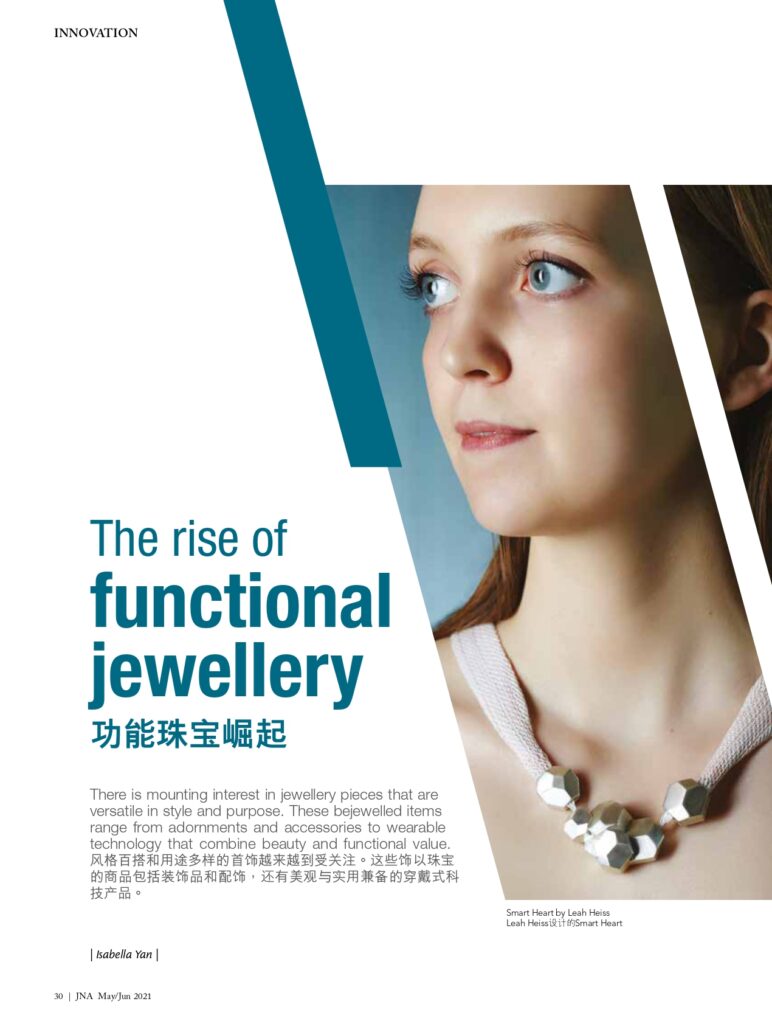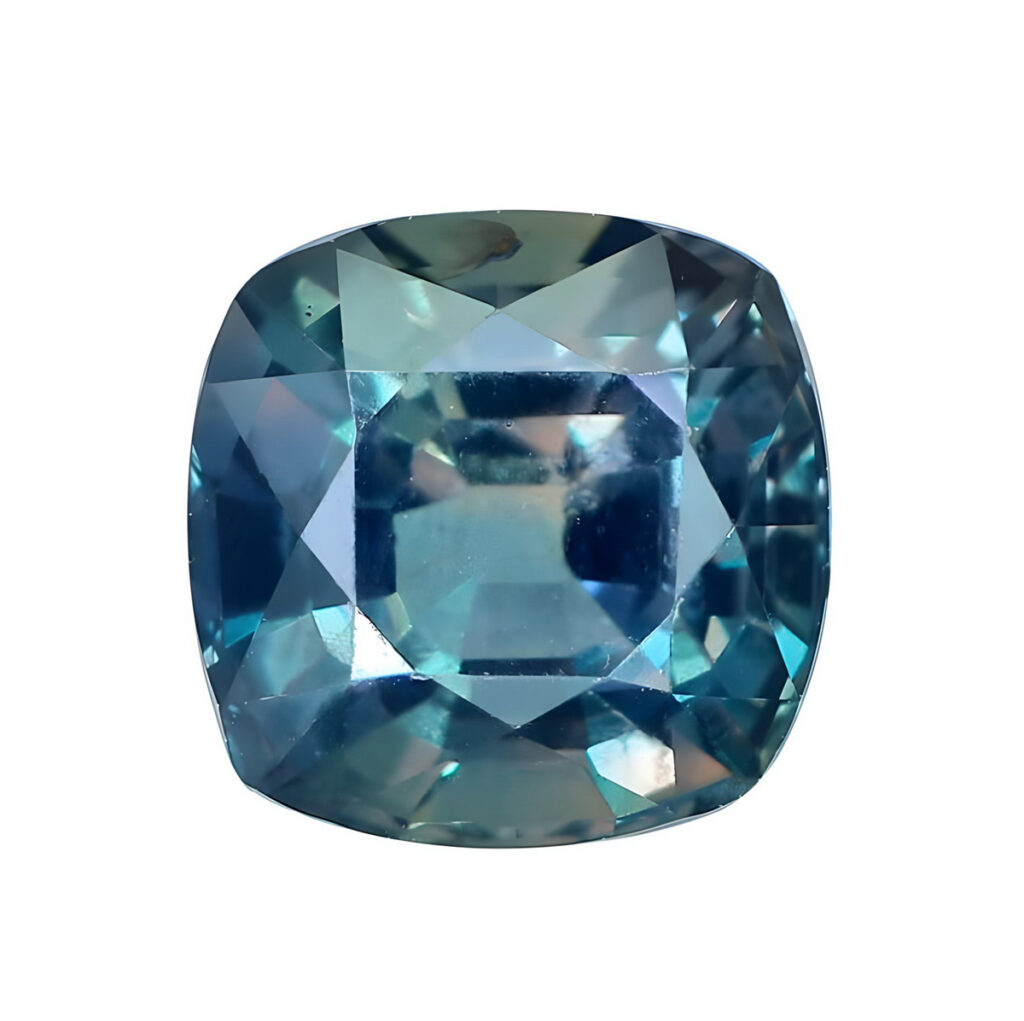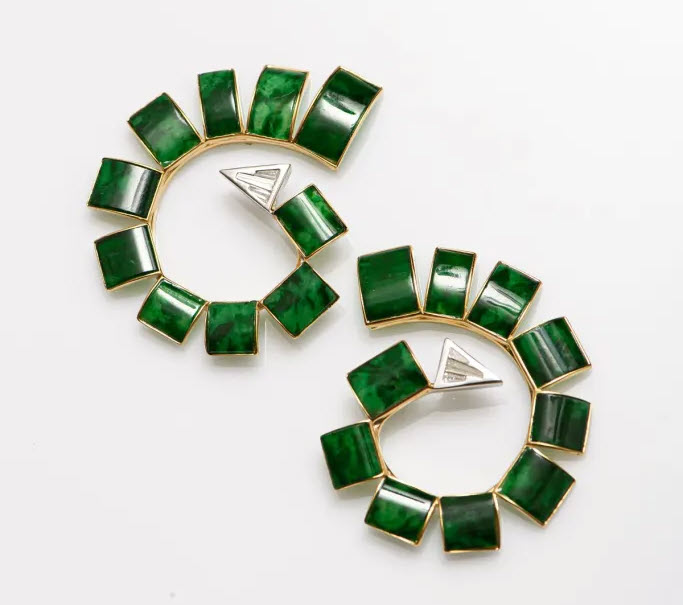There is mounting interest in jewellery pieces that are versatile in style and purpose. These bejewelled items range from adornments and accessories to wearable technology that combine beauty and functional value
Amid lockdowns and social distancing, the Covid-19 pandemic has affected many facets of life, including what consumers want in a certain product. In the world of jewellery, functionality is now a growing trend as buyers continuously look for ways to accessorise in the new normal.
Maia Adams, co-founder of jewellery market intelligence consultancy Adorn Insight, commented, “I’ve seen a shift towards jewellery that has an aesthetic role and a secondary role in that it performs a function or serves a purpose beyond pure decoration.”
For instance, jewellers are redefining functionality to create fashionable “mask jewellery.” According to Adams, jewellery brands are increasingly offering Covid mask chains, which can also support sunglasses or be worn as a necklace or bracelet.
Such ancillary functions have also changed the way buyers interact with jewellery, she added. Jewellery is being worn in more imaginative ways – across the body, or attached to belts and mobile phones, and not just on the ears, wrist or neck.
Adams identified two design approaches that run parallel to one other – putting a jewellery-inspired spin on practical items that continue to be functional; and designing around pieces such as tools and hardware that no longer perform their original task, and are purely decorative.
Functional jewellery may also include transformable pieces that can be worn in multiple ways. An example of this is Boucheron’s high jewellery diamond piece, “Ruban Diamants,” which can be used as a bracelet, belt or necklace.
When Apple Inc launched AirPods in 2016, jewellery designers like Delfina Delettrez and Suhani Parekh also ventured into the wearable tech market by embellishing AirPods with gemstones and chains to create earrings that hold the pods in place.
New York City-based jewellery designer Brent Neale Winston’s “Secret Keeper” pendant in a tube-like, elongated design meanwhile doubles as a place to hide notes or secrets.
Non-jewellers also jumped on the wearables bandwagon. Acer produced prayer beads while French fragrance house Diptyque launched scented charm bracelets.
“In these uncertain times, it is no surprise that resourcefulness, frugality, a DIY attitude and a ready-for-anything mindset are inspiring product designs.” Adams explained. “Add to the mix a Gen Z cohort of so-called ‘polymath youth’ that is equipping itself for a future of portfolio careers by self-educating and becoming literate across a range of skills, and you begin to understand how – from transformable items that perform multiple roles, to space- and time-saving devices. A focus on problem-solving and self-sufficiency is giving rise to aesthetics we’re dubbing ‘Utility Chic’.”
Wearable technology
Digital or “smart” jewellery is a new subcategory of wearable electronic devices aimed at improving people’s daily lives in terms of health, communications and productivity.
Jewellery brands and designers like Graff, Chow Tai Fook and Margot McKinney were quick to realise the potential of using technology in their collections.
“Quietude” by designer Patrizia Marti features smart jewellery pieces that help deaf people perceive sound.
“Most medical devices in the market are poorly designed with low aesthetics. We should change our mindset when designing objects that are intended to be worn, taking into account cultural, social and ethical aspects,” noted Marti.
Adams agreed, adding that “these items need to be both wearable in terms of scale and weight, durable and perform their function well. We see a lot of gimmicky tech jewellery that probably wasn’t designed by jewellers and so does not consider aesthetics and practicality. The sweet spot for jewellery and product designers is successfully combining purpose and aesthetics.”
Leah Heiss, an Australia-based designer and researcher at RMIT University in Melbourne, likewise underscored the importance of design in balancing beauty and functionality.
Heiss developed the Diabetes Jewellery Project with Nanotechnology Victoria more than a decade ago, featuring a unique applicator necklace that painlessly delivers insulin to the body, effectively replacing syringes. She also created a necklace that works as a heart monitor, which collects, stores and remotely transmits cardiac data.
Another ground-breaking project is a brooch that can sense loneliness by detecting how often a person speaks as a way to tackle social isolation. “I am interested in a less medical approach to managing chronic health conditions. This is also one way of augmenting our cherished possessions with the capacity to heal our ailments or monitor our well-being,” shared Heiss.
Adding therapeutic functionality to jewellery makes it more meaningful to the wearer, she continued.
Classic pearl pieces are also being reinvented with new technologies. Pearls now serve as digital lockets and keepers of precious memories in Momento PearlTM by Galatea: Jewelry by Artist and the Memotime Collection by Gyso Pearls & Jewellery Ltd. Both pearl innovations feature near field communication (NFC) technology that allows users to record voices, photos, videos and files, and even play games or music.
Amy Lo, general manager of Gyso Pearls, remarked that technology is ever more interwoven into the lives of younger generations who seek unity between aesthetics and functionality amid relentless digital acceleration, emerging lifestyles and economic and geopolitical crises.
Adding technological functions to pearls can boost value. “Each pearl is unique, and storing your memories and messages in it makes it more precious and valuable,” she added.
Tech-savvy consumers
Integrating functional and digital technologies in contemporary jewellery has captured the attention of millennials and tech-savvy consumers. Adams explained, “Jewellery-like accessories appeal to a younger consumer. Smart jewellery already has uptake among more mature buyers, or those aged 30 to 50. There are also plenty of fashion-forward, tech-savvy consumers in their 50s and above.”
Consumers also seek new forms of luxury that are altogether gender-fluid, versatile and meaningful. Citing Adorn Insight data, Adams pointed to a rising number of fashionable young people, especially in Shanghai, China, wearing jewellery-like, functional accessories such as charm-laden chain belts, phone and sunglass chains, bejewelled micro bags styled as necklaces, bracelets, belts and crossbody adornment. Adams noted that the functional jewellery trend is not just about technology.
Porngarm Virutamasen, director of the creative brand management programme in the College of Creative Industry (CCI) at Thailand’s Srinakharinwirot University, added that smart jewellery can attract a diverse range of buyers depending on specific functionalities.
A series of prototype jewellery collections designed to improve the health and wellness of its wearers were displayed at the Beyond Jewellery ECI Conference on Smart Jewellery organised in Bangkok by CCI and The Gem & Jewellery Institute of Thailand (GIT) last November. “These tech jewellery pieces were developed as everyday wear to meet consumer requirements and changing lifestyles,” said GIT Director General Sumed Prasongpongchai, adding that this emerging trend would likely become mainstream for jewellery businesses.
Lo of Gyso Pearls meanwhile remarked that older generations may be dissuaded by techy jewellery, but it is here to stay. “Digital integration is inevitable for future generations,” she added.
Business opportunities
Industry leaders and analysts remain upbeat about the business potential of functional jewellery. This trend will continue to evolve and become more sophisticated, stated Adams. “There are already mood-altering accessories such as coloured lenses for the eyes that can affect emotions. I’d love to see how and if this can be translated into jewellery-like accessories,” she added.
Heiss said technology can further enhance the value of smart jewellery and elevate it from a fitness device to something that enriches a person’s emotional life. Opportunities to integrate functional jewellery into many sectors also abound. “With a move towards self-monitoring and the personalisation of healthcare, functional jewellery has the potential to provide users with data and information to improve well-being,” she continued. Lo of Gyso Pearls commented that smart technology can make consumers’ lives more convenient. It can also help businesses stand out from the competition and better promote their products.
Adams agreed that this type of jewellery can effectively diversify a jeweller’s product portfolio and introduce new revenue streams.
Surasak Maneesathianrattana, founder of Carletta Jewellery, developed a collection of bejewelled air purifiers and face masks, working alongside PM2.5 (fine particulate matter) technology researchers, jewellery designers and brands. Maneesathianrattana said that smart jewellery will provide new options for customers. “With pollution worsening in some countries, we may need to have our own personal air purifier,” he added.
Advancing the trend are new technologies and forward-looking options such as artificial intelligence (AI) and genetic profiling to tailor more specific individual solutions. Marti expects to see major advances in the future in sound filtering and recognition, adding that a feasibility study to integrate new technology based on AI and machine learning has been conducted.
Amid growing interest and potential in the functional digital jewellery sector, Heiss cited supply and demand uncertainties. “Product offerings are still mainstream such as sports-oriented smart watches. Bespoke jewellery offerings remain rare. Fine art jewellers also seem hesitant to dabble in technology,” she noted.
Most wearable tech pieces are likewise beyond the reach of many consumers, but this could change as more products are introduced in the market, Heiss said.
Trend forecaster Paola De Luca, founder of The Futurist Ltd, underscored the risk of technology becoming obsolete in the smart jewellery category. She commented, “The primary purpose of jewellery as adornment is no longer at the core of smart jewellery, so adding technology changes the nature of the jewellery itself.” A new product category called “bejewelled tech” must be born, which is different from smart jewellery, she added.
De Luca highlighted the importance of further collaborations between large tech companies and major jewellery houses in order to merge their expertise.
She also said the future of smart jewellery is based on changes in the socio-cultural environment and varying consumer demographics.
Heiss explained that technology is becoming more compact and modular, enabling jewellers to embed functionality into jewellery without compromising on aesthetics. This means a basic jewellery item can easily be upgraded. Alternatively, some capabilities can be built in at the production stage and later activated. This addresses the obsolescence of technology and the need to buy new gadgets.
“Furthermore, we can create smart jewellery that harvests energy from surrounding devices, thereby doing away with chunky power supplies. This could open up the potential for larger markets in the functional jewellery category,” explained Heiss.
Maneesathianrattana meanwhile noted that jewellery makers and consumers continuously look for alternative materials such as less expensive gems, resin, silver and recycled plastic to create smart jewellery. As devices become more durable, adjustable and easier to upgrade, high-value gemstones and diamonds can eventually be used to design smart jewellery.
This article first appeared in the JNA May/ June 2021 issue.

















